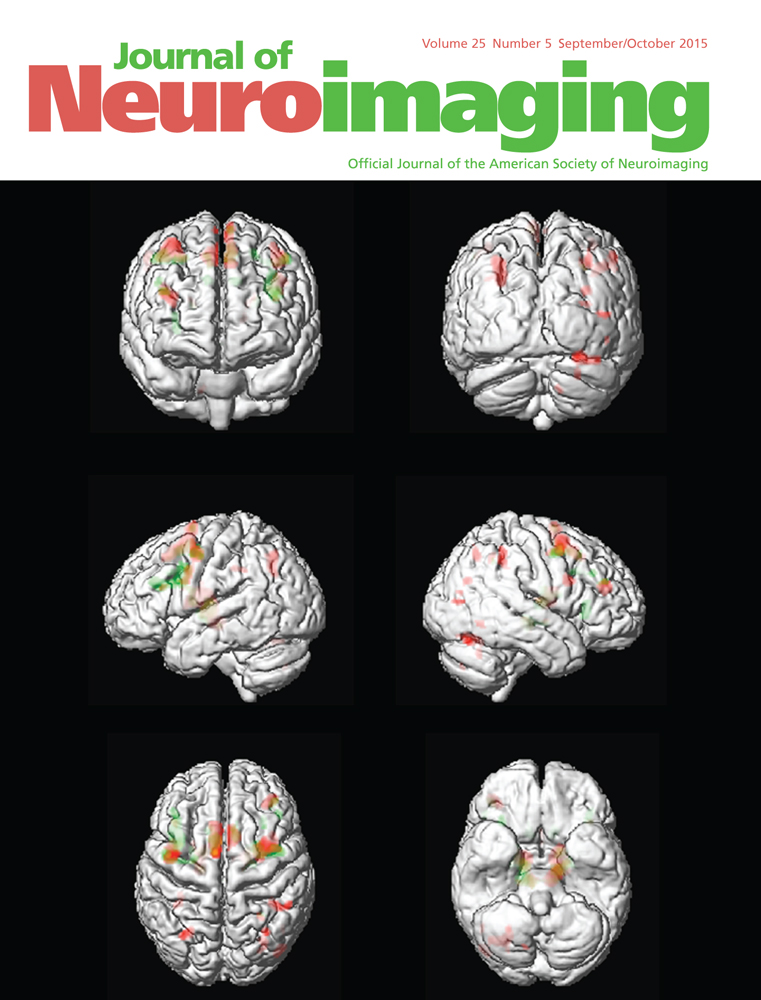Neuroimaging in Sensory Neuronopathy
Financial Support: Fundação de Amparo à Pesquisa do Estado de São Paulo (FAPESP). Grant: 2013/01766–7.
ABSTRACT
Sensory neuronopathies (SN) are a group of disorders characterized by primary damage to the dorsal root ganglia neurons. Clinical features include multifocal areas of hypoaesthesia, pain, dysautonomia, and sensory ataxia, which is the major source of disability. Diagnosis relies upon clinical assessment and nerve conductions studies, but sometimes it is difficult to distinguish SN from similar conditions, such as axonal polyneuropathies and some myelopathies. In this scenario, underdiagnosis is certainly an important issue for SN patients and additional diagnostic tools are needed. MRI is able to evaluate the dorsal columns of the spinal cord and has proven useful in the workup of SN patients. Although T2 weighted hyperintensity restricted to the posterior fasciculi without contrast enhancement is the typical finding, additional abnormalities have been recently reported. The aim of this review is to gather available information on neuroimaging findings of SN, discuss their clinical correlates and the potential impact of novel MRI-based techniques.




